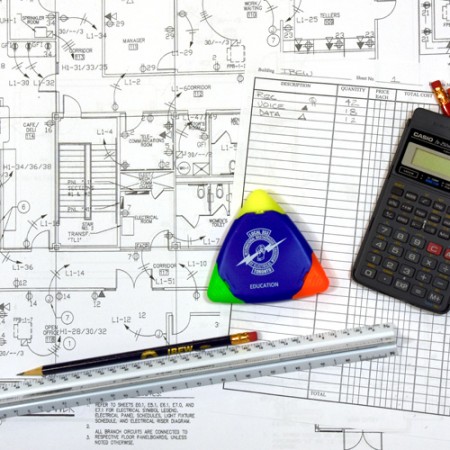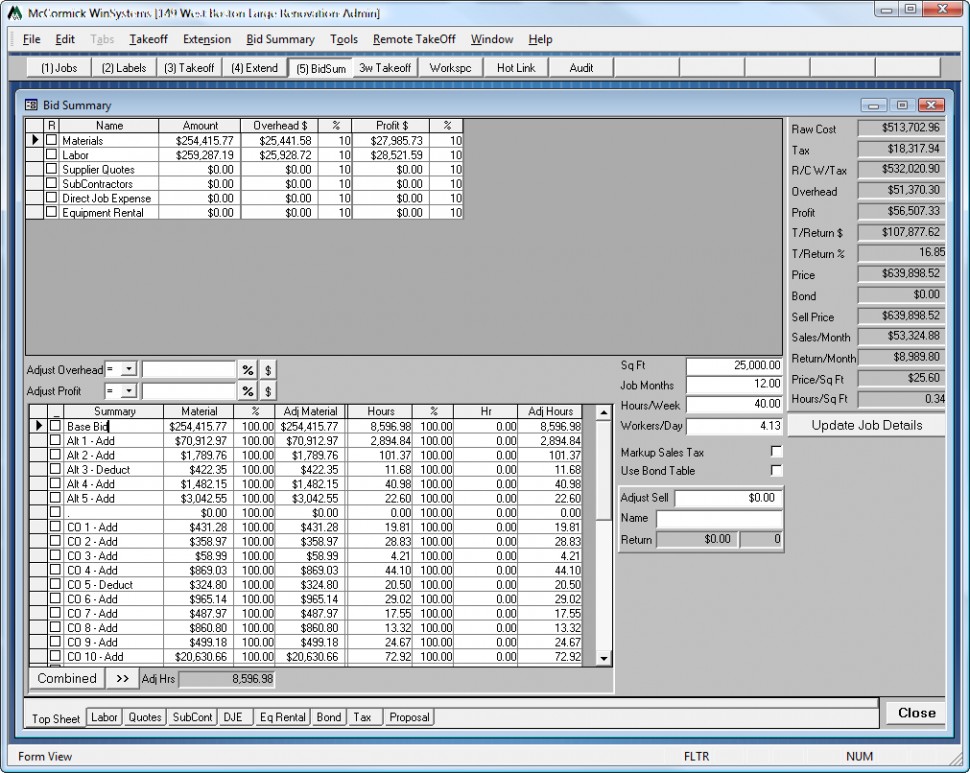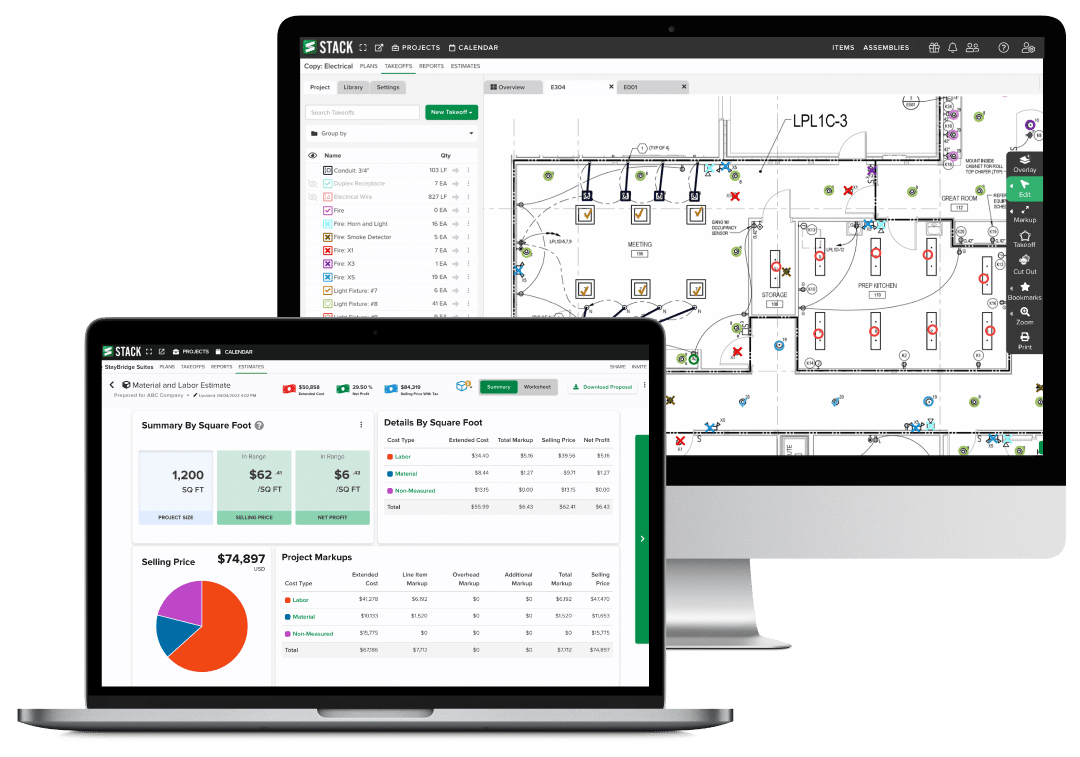Concept Electrical Estimating Melbourne: Top-Rated Services for Accurate Bids
Browsing the Complexities of Electric Estimating: Ideal Practices for Successful Bids and Budgeting
As each project presents its distinct collection of variables and difficulties, grasping the art of estimate calls for a fragile equilibrium of technical experience and strategic preparation. From browsing fluctuating material prices to implementing cutting-edge technologies, the landscape of electrical estimation demands a meticulous method to accomplish productivity and affordable side.
Comprehending Material Expenses
Recognizing material prices is a basic facet of exact electric estimating in construction projects. The expense of materials stands for a significant part of the overall project expenditures and can greatly affect the competition and productivity of a proposal. When estimating material prices, it is important to take into consideration aspects such as the type and quantity of products called for, present market costs, prospective fluctuations in prices, and any type of special order or distribution fees that may use.
To make sure accurate estimates, professionals must remain informed concerning the most current trends and growths in the materials market. Structure solid relationships with vendors can additionally provide beneficial insights and possibly lead to cost-saving possibilities. Furthermore, making use of specialized software application or tools created for product expense estimation can enhance the process and improve precision.

Precisely Approximating Labor Costs
To ensure the economic stability of a building task, accurate estimate of labor expenses is paramount in establishing the overall prices involved. Labor costs generally comprise a considerable section of the total job spending plan, making accurate estimate important for effective project completion within spending plan constraints. When approximating labor expenses for an electrical task, factors such as the range of job, required ability levels, job timeline, and labor prices have to be thoroughly taken into consideration.
One key facet of precisely estimating labor expenses is understanding the details tasks included in the job and the equivalent labor needs. Damage down the project right into specific components and designate labor hours to every task based upon previous experience or sector standards. Additionally, think about any kind of prospective obstacles or unforeseen situations that may impact labor efficiency and change the quotes appropriately.
Partnership with job supervisors, electric specialists, and various other stakeholders can also supply beneficial understandings into labor needs and aid fine-tune the quotes. Concept Electrical Estimating Melbourne. By including all pertinent variables and making use of market ideal techniques, electric estimators can enhance the accuracy of labor cost estimate and boost the total success of the task
Leveraging Innovation for Evaluation
Integrating advanced technological tools and software can significantly simplify the process of estimating labor expenses for electrical tasks, improving accuracy and performance in expense assessments. Electrical estimators can take advantage of specialized software application developed for the industry, such as Accubid, McCormick Equipments, or ConEst IntelliBid, to automate the calculation of labor prices based on task demands, materials, and labor prices. These programs permit the creation of comprehensive estimates, consisting of labor hours, see this page material quantities, and other project-specific elements, with accuracy and speed. In addition, cloud-based platforms like ProEst or Esticom make it possible for real-time partnership among group members, making certain that all stakeholders have access to one of the most up-to-date information during the estimate process. By using the power of technology, electric estimators can lessen errors, decrease hand-operated workload, and produce even more competitive quotes, inevitably increasing their possibilities of securing rewarding jobs in today's requiring construction market.
Financial Risk Administration in Bidding Process
Reliable financial risk management is necessary for successful bidding in the competitive field of electrical job evaluation. Electric contractors face various financial risks when preparing quotes for tasks, including inaccurate cost estimations, unforeseen project intricacies, and fluctuating product rates - CE Estimating. To mitigate these risks, service providers must adopt critical economic danger administration methods
One key aspect of financial threat monitoring in bidding process is carrying out thorough cost evaluation. This entails thoroughly evaluating all project requirements, such as materials, devices, overhead, and labor expenses. By precisely estimating these expenditures, specialists can reduce the threat of underbidding and prospective financial losses.
Another crucial approach is to integrate backup plans into the bidding process. Including contingency funds in the bid rate helps support against unanticipated expense overruns or task delays. Contractors need to likewise remain informed concerning market trends and product rate fluctuations to readjust their bids appropriately.

Approaches for Competitive Rates
Offered the essential nature of accurate price analysis and calculated economic danger management in bidding process, an essential aspect to consider in making sure competitiveness is implementing reliable methods for pricing. Affordable pricing approaches are crucial for electrical estimators to stand out in the market while still maintaining profitability.

Additionally, implementing tiered rates structures or you can try these out supplying bundled solution bundles can interest a broader variety of customers with differing budgets and demands (CE Estimating Brunswick). By giving options that accommodate various client sectors, estimators can increase their opportunities of winning bids and safeguarding successful projects. In general, a well-balanced prices technique is essential for staying competitive in the electric estimating sector
Conclusion
To conclude, effective electric estimating requires a detailed understanding of material costs, precise labor expenditure estimation, usage of innovation, reliable economic threat management, and calculated affordable rates. By including these ideal practices right into the bidding procedure, professionals can boost their opportunities of winning proposals and remaining within spending plan. It is vital for electrical estimators to constantly fine-tune their skills and stay upgraded on industry fads to browse the intricacies of approximating efficiently.
Labor expenditures commonly comprise a significant section of the total task spending plan, making exact evaluation vital for effective job completion within budget constraints. When approximating labor costs for an electric project, factors such as the scope of work, called for ability levels, project timeline, and labor prices have to be carefully taken into consideration.
Incorporating advanced technical devices and software program can substantially enhance the process of estimating labor expenses for electric jobs, enhancing precision and effectiveness in cost evaluations. Electrical estimators can leverage specialized software program developed for the industry, such as click here for more Accubid, McCormick Equipments, or ConEst IntelliBid, to automate the calculation of labor expenses based on project needs, materials, and labor prices. Electrical contractors encounter numerous monetary risks when preparing quotes for projects, consisting of inaccurate price estimates, unexpected project intricacies, and varying product prices.